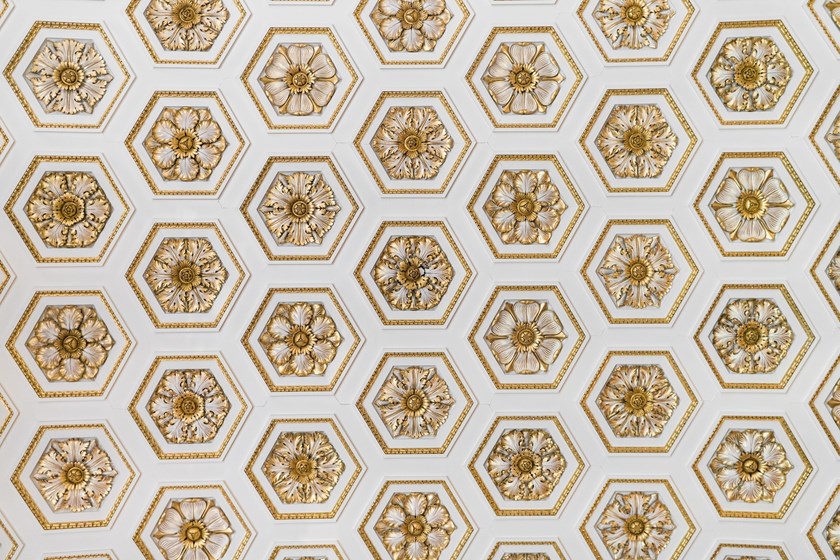Comings and Goings in Export Licensing
News

This article was published in the Spring issue of Historic House: The Historic Houses Association Magazine and is reproduced by kind permission.
'In the room the women come and go. Talking of Michelangelo.' Were T.S. Eliot's Prufrock to be alive today, he might well be talking of hard and soft Brexit and record prices for Leonardo. If he had an art collection would he dare to test the market?
In considering the sale of items from his collection and the process for realising best value within a set timeframe, the modern-day Prufrock should keep in mind that under UK law any object that is manufactured or produced more than 50 years ago will require, before exportation, an export licence from the UK Export Licensing Unit.
The UK's rules on export licensing of cultural property are of some antiquity. They derive from wartime legislation passed in 1939 which was partly designed to retain 'national treasures' but also to ensure foreign exchange control. Today, the export licensing system for cultural goods combines both EU and UK law and is the responsibility of the Department for Digital, Culture, Media & Sport (DCMS). DCMS in turn delegates its administration to the Export Licensing Unit and – for items deemed to be 'national treasures'– the Reviewing Committee on the Export of Works of Art, which is responsible for advising the minister as to whether a cultural object is one of national importance in the light of the Waverley Criteria issued in 1952.
THE WAVERLEY CRITERIA:
- Waverley One: Is the work so closely connected with our history and national life that its departure would be a misfortune?
- Waverley Two: Is it of outstanding aesthetic importance?
- Waverley Three: Is it of outstanding significance for the study of some particular branch of art, learning or history?
Recent debate about the UK's export licensing has focused on whether the export system still meets its stated aim of protecting the UK's cultural heritage by ensuring that qualifying items designated as 'national treasures' remain in the UK. In particular, it has been suggested that tweaking the application procedures may help assist that stated aim, especially where an item has been recommended for an export stop and period of deferral by the Reviewing Committee and its expert advisers. At this point any interested national institution can fundraise in order to acquire the work from the applicant owner. Any such offer needs to be at a matching price to the work's market value and the applicant is asked whether they will be prepared to sell at that price to a UK purchaser should the item be export stopped.
Experience shows that not all owner applicants will play by the rules and on a number of recent and well-publicised occasions, the applicant owner has simply withdrawn the export licence application when it became clear that a fundraising had been successful and a matching offer would be forthcoming. That leaves a bitter taste in the mouth for those responsible for fundraising. It can also lead to uncertainty in the system for sellers and purchasers with the added expense of lawyers amending contractual wording on sales and consignment agreements. Calls have therefore been made for applicant owners to enter into a legally binding commitment to sell a work if a matching offer is made. Such a binding undertaking might benefit our national institutions but for others will seem an unwelcome and nationalistic State interference.
Other comings and goings on export control concern the application of the 50-year rule (i.e. that no object requires a licence if it was produced or manufactured within the last 50 years) and whether this means valuable modern and contemporary works are leaving the UK and will not be suitably represented in our national collections in the future. Prufrock, in these circumstances, is free to sell his late period Freudor Frink garden sculpture without further ado.
As to what happens next for the export system, only time and Brexit will tell.
If you require further information on anything covered in this briefing please contact your usual contact at the firm on 020 3375 7000.
This publication is a general summary. It should not replace legal advice tailored to your specific circumstances.
© Farrer & Co LLP, March 2018







